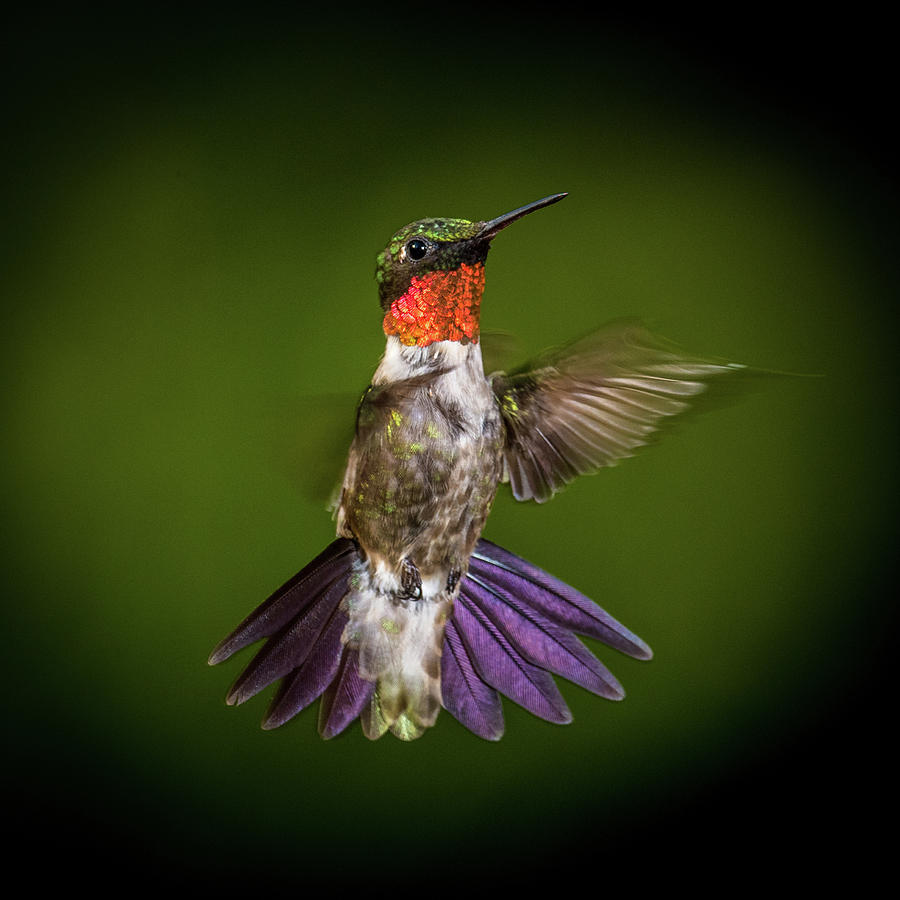
How do Ruby-throated Hummingbirds Migrate? The earliest departures north from Mexico and Central America begin in late February, while the majority occurs in March.

They know that breeding season is coming soon. Those instincts tell the bird to fatten up and fly north. Remember, a hummingbird needs a lot of nectar to keep those wings flapping!įebruary: By this time, a Ruby-throated Hummingbird’s instincts are kicking in. As their last feathers come in, these birds focus on feeding and do so by visiting dozens of plants each day. January: Possibly the slowest time for Ruby-throats is January, but only relatively speaking. Other Ruby-throated Hummingbirds will winter even farther north - remaining on North Carolina’s Outer Banks all year long!) through the winter, weathering chilly temperatures along the Gulf Coast.

(Of course, some birds will stay in the U.S. November: Upon completing their fall migration, Ruby-throated Hummingbirds will begin to molt.ĭecember: Molting takes its toll, so hummingbirds spend time gorging themselves on the nectar and insects they can find. In fact, they spend most of their time preparing for the trip back north. Their winters aren’t all sun and fun though. Because Ruby-throats are solitary birds, individuals will migrate to any location within this range. The majority of Ruby-throated Hummingbirds spend their winters between southern Mexico and northern Panama.

If you have a well-maintained hummingbird feeder, expect plenty of new visitors as they try to boost their energy before the next stage of their journey. It’s this amazing cycle of hummingbird migration that can also bring a sudden swarm of activity to your hummingbird feeders. Hummingbirds can set out as early as late July and the last stragglers will cross the southern U.S. The fall southern hummingbird migration follows a similar timeframe. With that sort of pressure, this hummingbird migration can begin as early as February in Mexico and finish in mid-May in Canada and Alaska. Their spring migration north, from South America and Mexico up to Canada, is a solitary journey with the goal of getting to their breeding grounds early enough to claim the best feeding territories. These migratory journeys, which can span hundreds or thousands of miles, require immense preparation and a shocking amount of energy from these small birds - the smallest in the world. Each year, hummingbirds embark on two migrations – one north and one south.


 0 kommentar(er)
0 kommentar(er)
